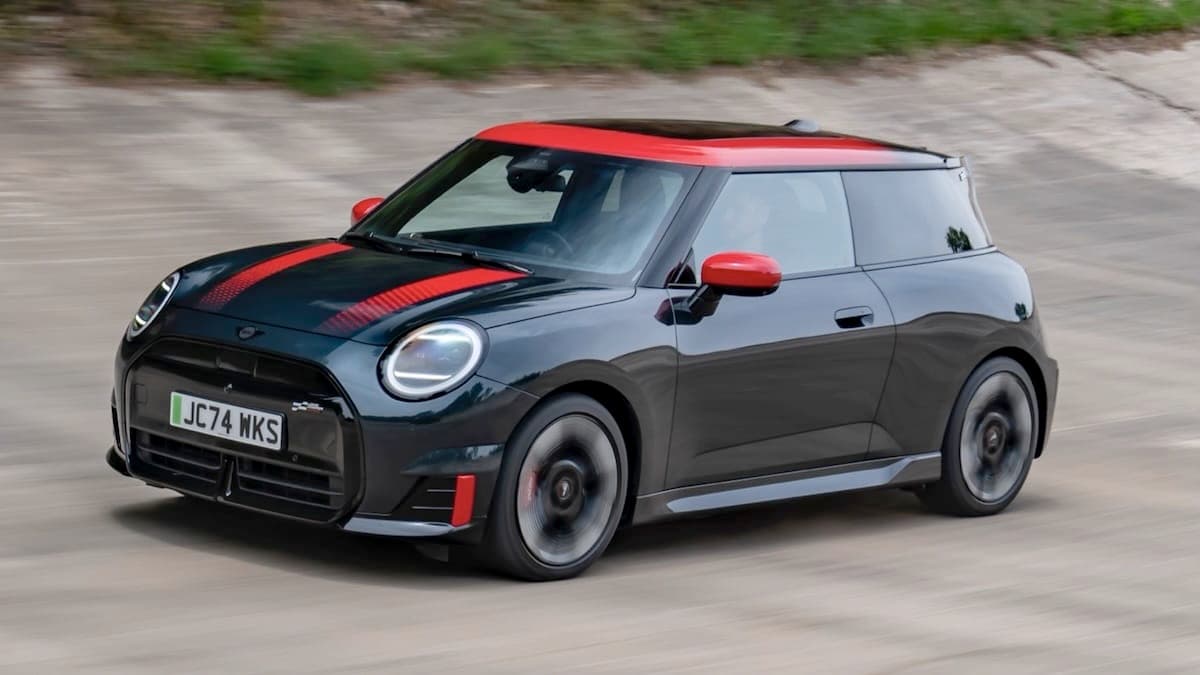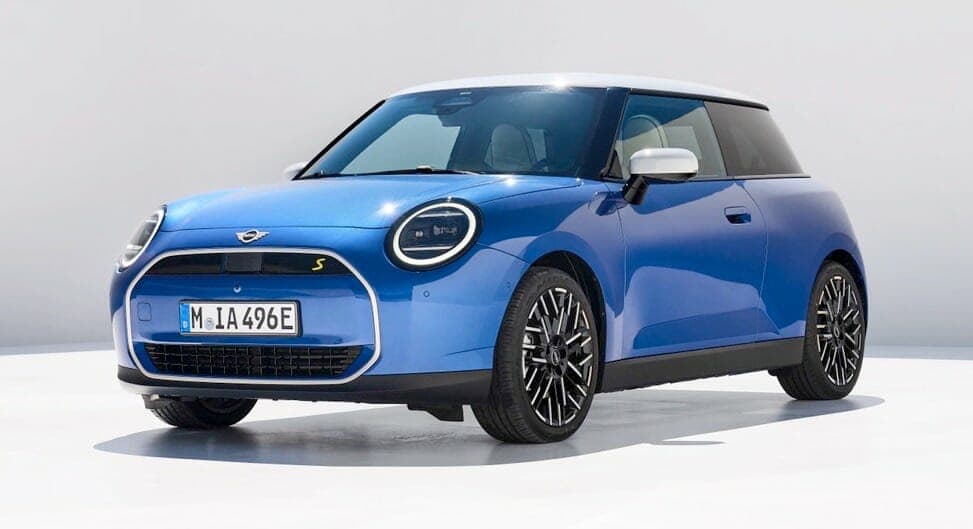Mini Cooper

Price Range
$49,990 - $72,990
Range (WLTP)
305 - 402 km
Battery Size
40.7 - 54.2 kWh
Variants
Performance
0-100 km/h
7.3 sTotal Power
135 kWTorque
290 NmTop Speed
160 km/hDrive
FWDRange & Efficiency
WLTP Range
305 kmWLTP Consumption
138 Wh/kmHighway Range
238 kmYour Real Range
Calculate Battery & Charging
Battery (nominal)
40.7 kWhBattery (usable)
36.6 kWhBattery type
NMCAC Charging
11 kWDC Charging
75 kWVehicle-to-Load (V2L)
NoDimensions & Weight
Length
3900 mmWidth
1750 mmHeight
1450 mmGround Clearance
124 mmWeight
1500 kgShape
HatchbackSeats
4Storage & Towing
Boot Space
210 LBoot Space (Max)
800 LFrunk
—Towing (Braked)
—Towing (Unbraked)
—How many Mini Cooper have been sold in NZ?
There have been 116 registered to date (including 1 used imports).
Mini Cooper registrations
Monthly units (includes new and used import)

